HEG, sb. A hag; a witch; a fairy. ‘Old coins found in Kent were called kegs pence by the country people.’ W.D. Parish and W.F. Shaw A dictionary of the Kentish dialect and provincialisms in use in the County of Kent (1888), 74
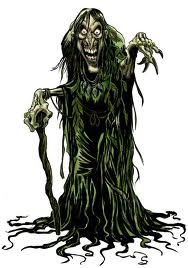

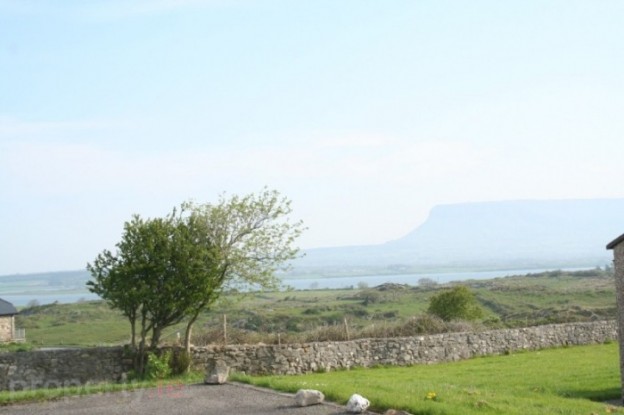
John O’Conway, one of the most reliable citizens of Upper Rosses Point, offers the following testimony concerning the ‘gentry’: ‘In olden times the gentry were very numerous about forts and here on the Greenlands, but rarely seen. They appeared to be the same as any living men. When people died it was said the gentry took them, for they would afterwards appear among the gentry.’ Evans-Wentz 67
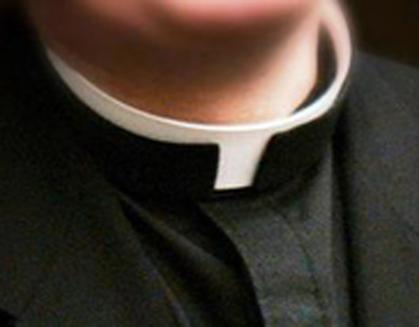
As children we were always afraid of fairies, and were taught to say ‘God bless them! God bless them!’ whenever we heard them mentioned. In our family we always made it a point to have clean water in the house at night for the fairies. If anything like dirty water was thrown out of doors after dark it was necessary to say ‘Hugga, hugga salach!’ as a warning to the fairies not to get their clothes wet. Untasted food, like milk, used to be left on the table at night for the fairies. If you were eating and food fell from you, it was not right to take it back, for the fairies wanted it. Many families are very serious about this even now. The luckiest thing to do in such cases is to pick up the food and eat just a speck of it and then throw the rest away to the fairies. Ghosts and apparitions are commonly said to live in isolated thorn-bushes, or thorn-trees. Many lonely bushes of this kind have their ghosts. For example, there is Fanny’s Bush, Sally’s Bush, and another I know of in County Sligo near Boyle. ‘The fairies of any one race are the people of the preceding race–the Fomors for the Fir Bolgs, the Fir Bolgs for the Dananns, and the Dananns for us. The old races died. Where did they go? They became spirits, and fairies. Second-sight gave our race power to see the inner world. When Christianity came to Ireland the people had no definite heaven. Before, their ideas about the other world were vague. But the older ideas of a spirit world remained side by side with the Christian ones, and being preserved in a subconscious way gave rise to the fairy world.’ Evans-Wentz’ witness here was ‘a professor in a Catholic college in West Ireland’. Evans-Wentz 70
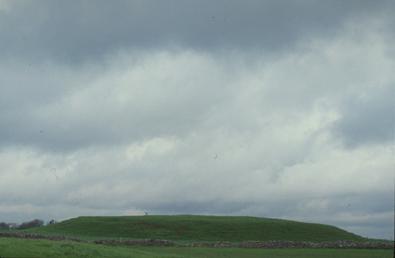
After the mother had testified, the daughter [who lived in Ratra, Roscommon], who is quite of the younger generation, gave her own opinion. She said that the ‘good people’ live in the forts and often take men and women or youths who pass by the forts after sunset; that Mr. Gilleran, who died not long ago, once saw certain dead friends and recognized among them those who were believed to have been taken and those who died naturally, and that he saw them again when he was on his death-bed. Evans-Wentz (from whom this account is taken) adds: We have here, as in so many other accounts, a clear connexion between the realm of the dead and Fairyland. Evans-Wentz 72
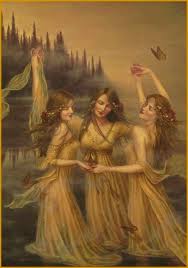
The ‘Gentle Folk’. ‘The gentle folk are not earthly people; they are a people with a nature of their own. Even in the water there are men and women of the same character. Others have caves in the rocks, and in them rooms and apartments. These races were terribly plentiful a hundred years ago, and they’ll come back again. My father lived two miles from here, where there were plenty of the gentle folk. In olden times they used to take young folks and keep them and draw all the life out of their bodies. Nobody could ever tell their nature exactly.'(from Neil Colton, seventy-three years old, who lives in Tamlach Townland, on the shores of Lough Derg, County Donegal in Evans-Wentz, 73)

The fairies seem not to delight in open, plain grounds of any kind (far from stone and wood) nor in watery grounds, but in dry grounds not far from trees and hedges and the shade of grown trees – the hazel and the oak (the female oak especially, being more branched and shading) – where the ground is dry, even, and clear from brakes and bushes about them. Of all the places in the parish of Aberystruth they most frequently appeared at Hafod-y-dafol and Cefn Bach, which are dry, light, and pleasant places. Does not this correspond something with our Saviour’s saying (who perfectly understands even hell itself) of the unclean spirits: that they walked in dry places when ejected out of the souls of men? ‘When the unclean spirit is gone out of man, he walketh through dry places, seeking rest and findeth none’ (Matthew 12.43). Jones
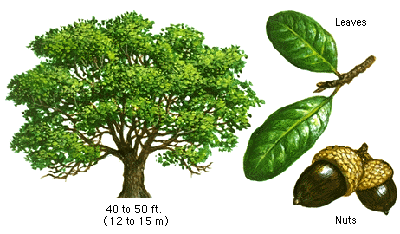

The legends of all countries concur in describing milk as the principal article of fairy diet. The Northamptonshire elves were noted for an inordinate love of it,and did not scruple to obtain it by invading the privity of the dairy; nay, some impute to them the offence,which is also alleged of the hedgehog, and declare that they suck the cows as they sleep. This is not the only case in which they evince the laxity of their notions respecting the human laws of meum and teum. Like the Scottish good neighbours, and the Devonshire pixies, they have little to recommend them on the score of honesty. On the approach of midnight they leave their ‘moonlight meadow rings’ to feast upon the scanty leavings of the cottage buttery; taking care, however, to lull the watchful eye of the housewife, by substituting some unreal material for the edibles thus abstracted. Sternberg, 133

We have been able to collect but little conceming this member of our fairy family: he seems in all respects to have been similar to the elves, with the exception that while they were represented as living together in large communities, the Redman was an elf of solitary habits, residing in caves, old wells, &c. In some parts of the county he is called Redcap, from the colour of bis head covering. In the southern districts he is called Redman, and described as a ‘small hairy dwarf.’ The only legend we have been able to recover represents him in a light very similar to the ‘Erdmanniken,’ of M. M. Grimm. Sternberg, 142
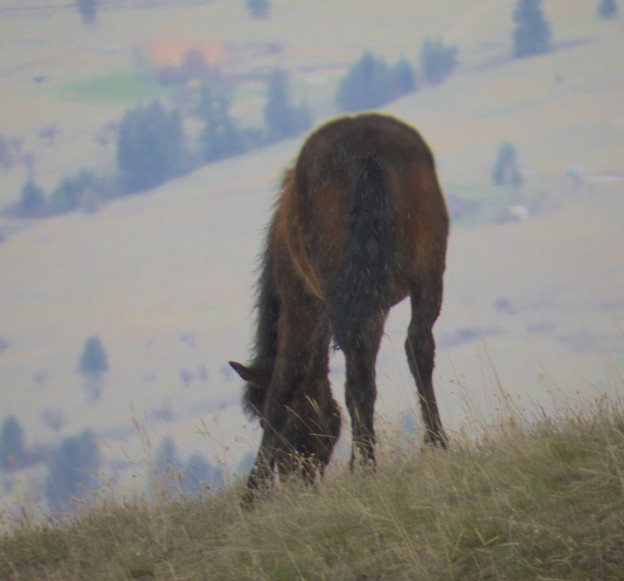
In this class [of fairies] must also be placed the mischievous goblin who prowls about the county in the guise of a shaggy foal; sometimes deluding people into mounting him, and then vanishing with a shout of fiendish laughter. ‘It’s a common tradition in villages,’ says John Clare, ‘that the devil often appears in the form of a shagg’d foal; and a man in our parish firmly believes that he saw him in that character one morning early in harvest.’Sternberg, 144